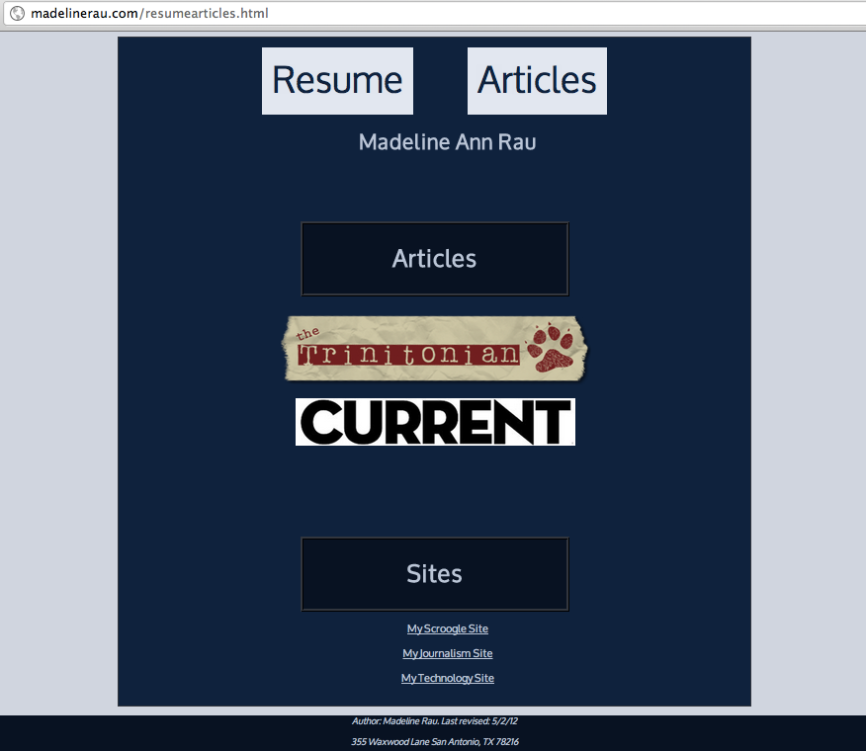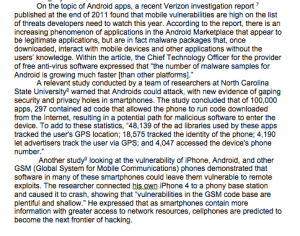This was a fairly simple badge to accomplish. I was extremely surprised to find that it took under two hours to download Ubuntu 12 on my old Macbook. Once downloaded, I couldn’t believe how much faster my computer was to use! I realized after I Wikipedia’d it that because it has open source software, people are always improving it (that’s why there’s Ubuntu 12). I am actually pretty sure that this version came out less than 10 days ago!
I installed Ubuntu on my old laptop using standard installation with a graphical install by burning the LiveCD to a CD and then booting it, running the CD from “My Computer.” I installed random games such as Blocks of the Undead (spooky tetris) and Skills Motocross. I also installed Filezilla on my system.
Stylistically speaking, I LOVED the way Ubuntu looks. I guess it was just so much cleaner than I am used to. It will probably take a little getting used to, but I can see myself going back on my old laptop to use it a lot. Even though I don’t have much experience with Linux, I wouldn’t be afraid to use it on a daily basis.
For some reason the sidebar intrigued me—I thought it was very stylish and sleek. I mostly wondered why Linux never became as popular as iOS or Windows OS, because I don’t see what could be wrong with free, open source software. I never really ran into any major problems during installation—no error windows or crashing. All in all, I’m glad I went through and took the time to install Linux. I think it will be a useful thing to have in the future.













